Home Tags Posts tagged with "hiv treatment"
hiv treatment
Antiretroviral therapy (ART) is a combination of drugs used to treat HIV.
It is not a cure, but can control the virus so that patients can live a longer, healthier life and reduce the risk of transmitting HIV to others.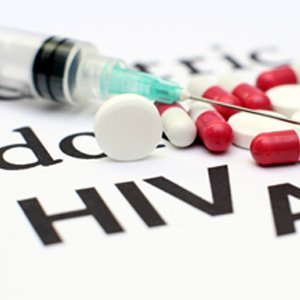
Antiretroviral drugs prevent HIV from multiplying, which reduces the amount of the virus in the body.
Having less HIV in the body gives the immune system a chance to recover and fight off infections and cancers.
By reducing the amount of HIV, antiretrovirals also reduce the risk of transmitting the virus to others.
According to the World Health Organization (WHO), everyone who has HIV should be offered antiretroviral drugs as soon as possible after diagnosis.
The health agency’s latest policy removes previous limits suggesting patients wait until the disease progresses.
The WHO has also recommended people at risk of HIV be given the drugs to help prevent the infection taking hold.
UNAIDS said these changes could help avert 21 million AIDS-related deaths and 28 million new infections by 2030.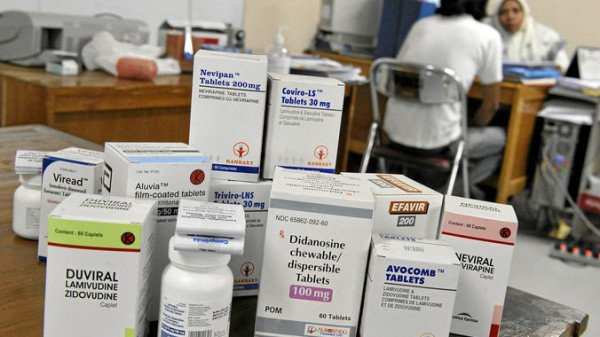
The recommendations increase the number of people with HIV eligible for ARVs from 28 million to 37 million across the world.
The challenge globally will be making sure everyone has access to them and the funds are in place to pay for such a huge extension in treatment. Only 15 million people currently get the drugs.
Michel Sidibe, of UNAIDS, added: “Everybody living with HIV has the right to life-saving treatment. The new guidelines are a very important steps towards ensuring that all people living with HIV have immediate access to antiretroviral treatment.”
The WHO announcement comes after extensive research into the issue.
A US National Institutes of Health study due to run until 2016 was stopped early after an interim analysis found giving treatment straight after diagnosis cut deaths and complications, such as kidney or liver disease, by half.
According to a new research, HIV can be flushed out of its hiding places in the body using PEP005 – one of the ingredients in a treatment to prevent cancer in sun-damaged skin.
The cornerstone of treatment, anti-retroviral therapy, kills the virus in the bloodstream but leaves “HIV reservoirs” untouched.
The study, published in PLoS Pathogens, showed PEP005 was “highly potent” at reactivating hidden HIV.
Experts said the findings were interesting, but it was important to know if PEP005 was safe in patients.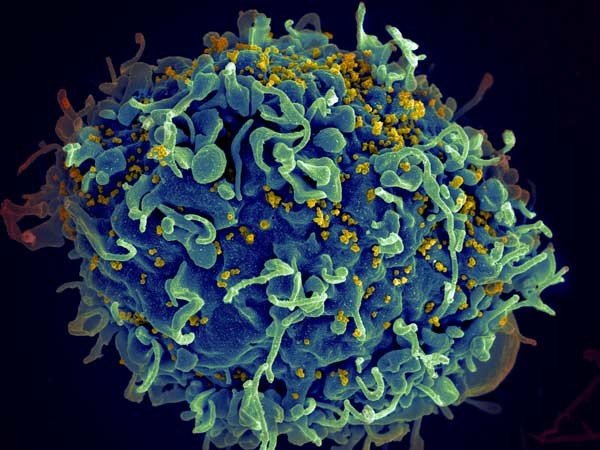
The power of the HIV reservoir was shown with the case of the Mississippi baby.
The baby girl was given antiretroviral drugs at birth. Despite appearing to be free of HIV for nearly two years after stopping treatment, she was found to be harboring the virus.
A strategy known as “kick and kill” is thought to be key to curing HIV – the kick would wake up the dormant HIV allowing the drugs to kill it.
The team at the Davis School of Medicine investigated PEP005. They tested the drug in cells grown in the laboratory and in parts of the immune system taken from 13 people with HIV.
The report said “PEP005 is highly potent in reactivating latent HIV” and that the chemical represents “a new group of lead compounds for combating HIV”.
One of the researchers, Dr, Satya Dandekar, said: “We are excited to have identified an outstanding candidate for HIV reactivation and eradication that is already approved and is being used in patients.
“This molecule has great potential to advance into translational and clinical studies.”
However, PEP005 has still not been tested in people who are HIV-positive.
According to a United Nations AIDS report, the goal to get HIV treatment to 15 million people by the end of 2015 has already been met.
The landmark figure was reached in March – nine months ahead of schedule.
It follows decades of global efforts and investment to get antiretroviral drugs to those in need – such as people living in sub-Saharan Africa.
In 2000, when the UN first set goals to combat HIV, fewer than 700,000 people were receiving these vital medicines.
According to UNAIDS, which has a report out today, the global response to HIV has averted 30 million new HIV infections and nearly eight million AIDS-related deaths since the millennium.
Over the same time frame, new HIV infections have fallen from 2.6 million per year to 1.8 million, and AIDS-related deaths have gone down from 1.6 million to 1.2 million.
Meanwhile, global investment in HIV has gone up from $4.8 billion in 2000 to more than $20 billion in 2014.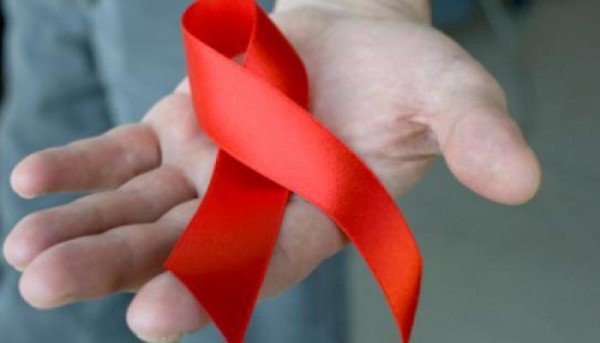
And concerted action over the next five years could end the AIDS epidemic by 2030, says UNAIDS.
However, progress has been slower in some areas.
A major gap seems to be in awareness of HIV status, which is the biggest barrier to treatment access, says the report.
And treatment access for children has lagged behind adults – although this is now improving.
The proportion of children living with HIV who receive antiretroviral therapy almost doubled between 2010 and 2014 (from 14% to 32%), but coverage “remains notably lower than it does for adults”, says the report.
Even though new HIV infections have gone down, there is still an unacceptable number of new HIV infections each year, contributing to the burden of the epidemic.
In 2014, sub-Saharan Africa accounted for 66% of all new HIV infections. And at the last headcount, there were an estimated 25.8 million people in this region living with HIV. The estimated count for the whole world was 36.9 million.
This year sees the switch from Millennium Development Goals to broader Sustainable Development Goals.
Ban Ki-moon, Secretary General of the United Nations said: “The world has delivered on halting and reversing the AIDS epidemic.
“Now we must commit to ending the AIDS epidemic as part of the Sustainable Development Goals.”
The report says the next five years will be critical and recommends front-loading investment to “sprint” towards an ambition of ending the AIDS epidemic by 2030.
A Mississippi girl born with HIV and believed cured after very early treatment has now been found to still harbor the virus.
Tests last week on the 4-year-old child indicate she is no longer in remission, say doctors.
She had appeared free of HIV as recently as March, without receiving treatment for nearly two years.
The news represents a setback for hopes that very early treatment of drugs may reverse permanent infection.
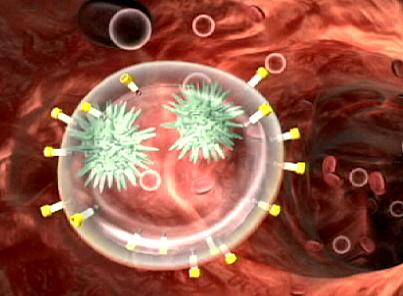
The Mississippi girl had appeared free of HIV as recently as March, without receiving treatment for nearly two years
Dr. Anthony Fauci, director of the National Institute of Allergy and Infectious Diseases, told US media the new results were “obviously disappointing” and had possible implications on an upcoming federal HIV study.
“We’re going to take a good hard look at the study and see if it needs any modifications,” he said.
The Mississippi baby did not receive any pre-natal HIV care prior to birth.
Because of a greater risk of infection, she was started on a powerful HIV treatment just hours after labor.
She continued to receive treatment until 18 months old, when doctors could not locate her. When she returned 10 months later, no sign of infection was evident though her mother had not given her HIV medication in the interim.
Repeated tests showed no detectable HIV virus until last week. Doctors do not yet know why the virus re-emerged.
A second child with HIV was given early treatment just hours after birth in Los Angeles in April 2013.
Subsequent tests indicate she completely cleared the virus, but that child also received ongoing treatment.
Only one adult is currently believed to have been cured of HIV.
In 2007, Timothy Ray Brown received a bone marrow transplant from a donor with a rare genetic mutation that resists HIV. He has shown no signs of infection for more than five years.
A second baby carrying the HIV virus, which leads to AIDS, may have been cured through early treatment, the US researchers have revealed.
Antiretrovial drugs were reportedly administered to the baby in California just four hours after birth.
The unidentified 9-month-old child is now said to be HIV negative.
It is the second such case after an HIV-positive Mississippi infant brought into remission following early treatment was reported in 2013.
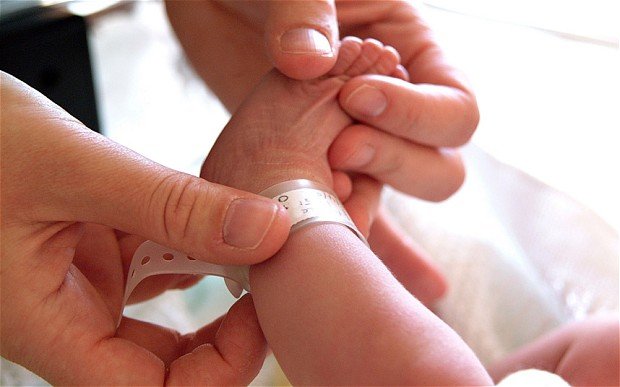
A second baby carrying the HIV virus may have been cured through early treatment in California
“This is a call to action for us to mobilize and be able to learn from these cases,” Johns Hopkins University paediatrics specialist Dr. Deborah Persaud said at a Boston medical conference.
No trace of the virus can now be found in the infant’s blood or tissues, the doctor revealed.
Dr. Deborah Persaud said the 9-month-old child is still receiving a three-drug anti-AIDS cocktail, while the three-year-old Mississippi child stopped receiving antiretroviral treatments two years ago.
“Really the only way we can prove that we have accomplished remission in these kids is by taking them off treatment and that’s not without risk,” Dr. Deborah Persaud added.
Both children are reported to have been born to mothers infected with HIV, which weakens the body’s immune system.
[youtube ZiB-T38jsEg 650]
The new World Health Organization guidelines for HIV treatment could see millions more people in developing countries getting life-saving medicine.
The WHO is recommending that patients start taking medication at a much earlier stage of the disease.
The WHO says the guidelines, which are being launched at an international Aids conference in Kuala Lumpur, could help avert an extra 3 million AIDS deaths by 2025.
The charity MSF welcomed the move – but said extra investment would be needed.
A single pill combining three drugs will be given to people who are HIV positive much earlier, while their immune systems are still strong. Algeria, Argentina and Brazil are already doing this.
Not everybody who needs the medicine currently receives it, although big strides have been made in recent years in widening access to HIV treatment.
The WHO says these guidelines represent a “major shift” in policy, and will result in the number of people in developing countries who are eligible for drug treatment rising from 16 million to 26 million, or 80% of the total who are thought to have HIV.
It is thought the guidelines will add 10% to the $23 billion overall cost of treating HIV/AIDS in developing countries.
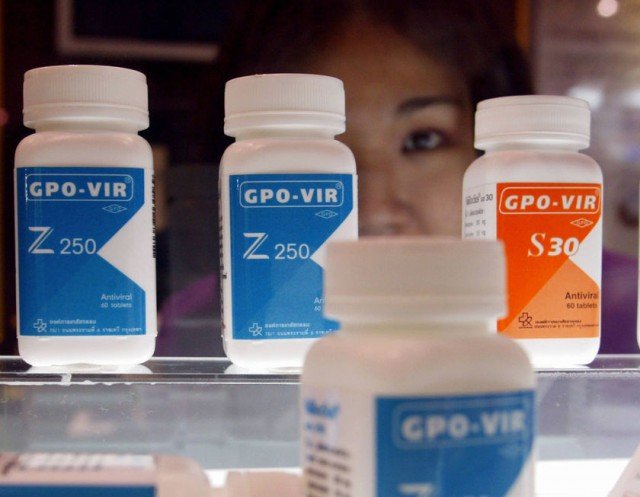
WHO recommends HIV/AIDS patients start taking medication at a much earlier stage of the disease
WHO believes global donors and the affected countries themselves will be convinced that the idea is cost-effective.
It agreed the policy after a year-long consultation, in which evidence about the role earlier treatment can play in reducing transmission of the virus was considered.
The WHO’s HIV/AIDS director, Dr. Gottfried Hirnschall, said: “It will be very difficult to end AIDS without a vaccine – but these new guidelines will take us a long way in reducing deaths.
“We’re recommending earlier treatment – and also safer, simpler medicines that are already widely available.
“We also want to see better monitoring of patients, so they can see how well they’re doing on the treatment.
“This is not only about keeping people healthy and alive – the anti-retroviral drugs block transmission, so there is the potential for a major impact in preventing epidemics within different countries.”
Five companies make the daily combination pill, which can cost about $127 for a year’s individual treatment in countries where price reductions have been negotiated.
The WHO says there is an “encouraging trend” of countries using their own finances to fight the HIV/AIDS epidemic such as Zimbabwe, which has successfully used a levy on mobile phones.
The new recommendations also include providing drugs to all children under five with the virus, all HIV-positive pregnant and breastfeeding women and to people whose partner is uninfected.
In all of these cases, treatment would start regardless of how far the condition has damaged their immune system.
Dr. Gottfried Hirnschall added: “We are still seeing young children lagging behind in terms of access to treatment. Two-thirds of adults that need anti-retroviral drugs get them, but only a third of young children.”
The Global Fund – set up to fight Aids, tuberculosis and malaria – welcomed the guidelines as “very timely”.
Its executive director, Dr. Mark Dybul, said: “This is an example of how the Global Fund and the WHO work together to support countries as we move towards removing HIV as a threat to public health.”
MSF (Medecins Sans Frontieres / Doctors Without Borders) warned extra political and financial support would be needed for implementing the recommendations, which it said were “ambitious but feasible”.
MSF medical co-ordinator in South Africa Dr. Gilles van Cutsem said: “With these new guidelines our collective goal should now be to scale up without messing up: to reach more people, retain them on treatment, and with an undetectable viral load.
“There’s no greater motivating factor for people to stick to their HIV treatment than knowing the virus is <<undetectable>> in their blood.”
Researchers have announced that a baby girl in the US, who was born with HIV, appears to have been cured after very early treatment with standard drug therapy.
The Mississippi child is now two-and-a-half years old and has been off medication for about a year with no signs of infection.
More testing needs to be done to see if the treatment would have the same effect on other children.
But the results could possibly lead to a cure for children with HIV.
If the girl stays healthy it would be only the world’s second reported cure.
Dr. Deborah Persaud, a virologist at Johns Hopkins University in Baltimore, presented the findings at the Conference on Retroviruses and Opportunistic Infections in Atlanta.
“This is a proof of concept that HIV can be potentially curable in infants,” she said.
In 2007, Timothy Ray Brown became the first person in the world believed to have recovered from HIV.
His infection was eradicated through an elaborate treatment for leukaemia that involved the destruction of his immune system and a stem cell transplant from a donor with a rare genetic mutation that resists HIV infection.
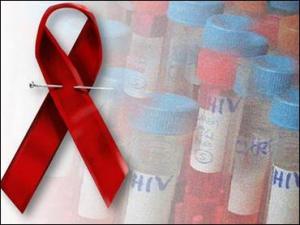
A baby girl in the US, who was born with HIV, appears to have been cured after very early treatment with standard drug therapy
In contrast, the case of the Mississippi baby involved a cocktail of widely available drugs already used to treat HIV infection in infants.
It suggests the treatment wiped out HIV before it could form hideouts in the body.
These so-called reservoirs of dormant cells usually rapidly re-infect anyone who stops medication, said Dr. Deborah Persaud.
The baby was born in a rural hospital where the mother had only just tested positive for HIV infection.
Because the mother had not been given any prenatal HIV treatment, doctors knew the baby was at high risk of being infected.
Researchers said the baby was then transferred to the University of Mississippi Medical Center in Jackson.
Once there, paediatric HIV specialist Dr. Hannah Gay put the baby on a cocktail of three standard HIV-fighting drugs at just 30 hours old, even before laboratory tests came back confirming the infection.
“I just felt like this baby was at higher-than-normal risk and deserved our best shot,” Dr. Hannah Gay said.
[youtube fnR_tPwFZRI]








